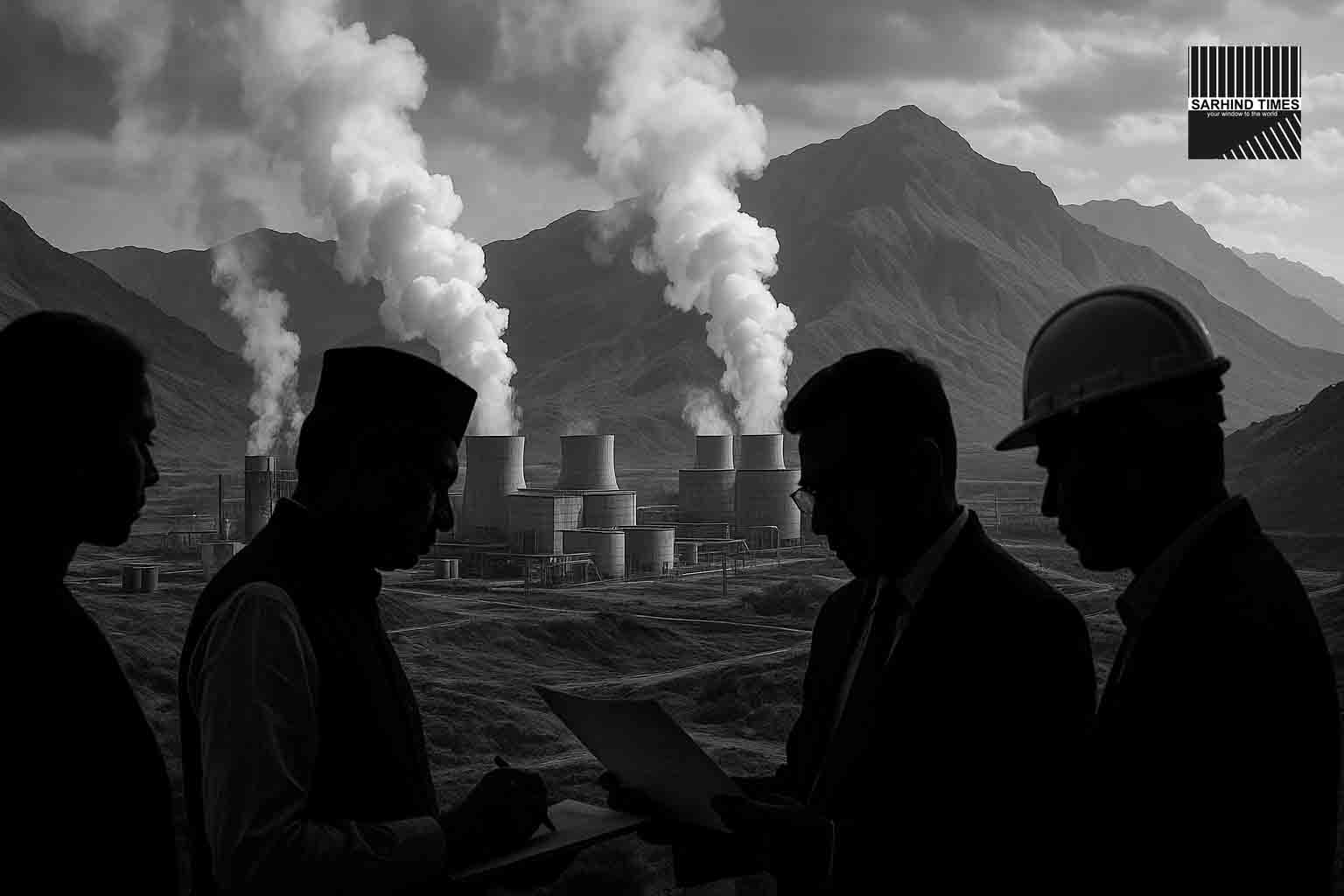Introduction: A Landmark Moment for India’s Energy Transition
India, one of the world’s fastest-growing economies, has officially taken a historic step by launching its first-ever National Policy on Geothermal Energy. This ambitious move aims to tap into the abundant underground heat reservoirs found across the country and diversify India’s renewable energy mix. While India has already made massive strides in solar and wind power, geothermal energy offers something unique—a stable, round-the-clock, clean energy source.
In a nation grappling with the dual challenge of meeting surging power demand and cutting greenhouse gas emissions, geothermal could be the game-changer that bridges the gap.
What is Geothermal Energy?
Geothermal energy is derived from the natural heat of the Earth’s core. Below the Earth’s crust lies molten magma that constantly produces heat. This heat can be tapped via wells and boreholes to generate electricity or used directly for heating and industrial processes.
Unlike solar or wind energy, which are intermittent and weather-dependent, geothermal is baseload power—it runs 24/7, making it highly reliable for grid stability.
Advantages:
- Clean & Sustainable – No fossil fuel burning, minimal carbon footprint.
- Reliable & Continuous – Provides a constant supply, unlike solar/wind.
- Diverse Uses – Electricity generation, district heating, greenhouses, industrial drying, and even tourism (hot springs).
- Energy Security – Reduces dependence on imported oil, gas, and coal.
Why India Needs Geothermal Energy Now
India has set an ambitious target of 500 GW of renewable energy by 2030 and achieving Net Zero by 2070. While solar and wind dominate the renewable portfolio, both face challenges:
- Solar – Needs large land areas, only produces during daylight.
- Wind – Seasonal and location-dependent, with inconsistent supply.
Geothermal, on the other hand, provides a non-stop, stable source of clean electricity—critical for balancing the renewable energy grid.
Furthermore, geothermal projects often have a smaller land footprint compared to sprawling solar farms, making them more efficient for densely populated regions.
India’s Geothermal Potential
According to geological studies, India has a geothermal potential of over 10 GW of power generation capacity. Key geothermal hotspots include:
- Himalayan Region (Jammu & Kashmir, Himachal Pradesh, Uttarakhand)
- Son-Narmada-Tapi (SONATA) Rift Zone (Madhya Pradesh, Gujarat, Maharashtra)
- West Coast Volcanic Belt (Maharashtra, Goa)
- Andaman & Nicobar Islands (volcanic activity zone)
- Cambay Graben (Gujarat)
- Godavari Basin (Telangana & Andhra Pradesh)
These regions not only offer electricity generation potential but also opportunities for direct-use applications like hot water for agriculture, space heating, and industrial processes.
The National Geothermal Energy Policy: Key Highlights
The newly launched policy is a framework to accelerate development of geothermal energy. Its main features include:
1. Clear Regulatory Framework
- Establishes guidelines for exploration, drilling, and development.
- Simplifies clearance and land acquisition processes.
2. Financial Incentives & Subsidies
- Viability gap funding for pilot projects.
- Tax breaks and incentives for private developers.
- Low-interest financing options.
3. Public-Private Partnerships (PPP)
- Encourages collaboration between government agencies, research institutions, and private companies.
4. R&D and Technology Transfer
- Partnerships with global leaders like Iceland, USA, and New Zealand.
- Domestic R&D to reduce drilling costs.
5. Direct-Use Promotion
- Policies to encourage district heating, greenhouse farming, and tourism applications.
Global Context: Learning from Leaders
Countries like Iceland, Philippines, Indonesia, USA, and Kenya have already demonstrated how geothermal can be a mainstream energy source.
- Iceland – Nearly 90% of homes are heated using geothermal energy.
- Philippines – World’s second-largest producer of geothermal electricity.
- Kenya – Over 40% of its power generation comes from geothermal.
India can learn from these nations in terms of technology adoption, financing models, and community participation.
Challenges in India’s Geothermal Path
While the potential is huge, India will need to address several challenges:
- High Initial Costs – Drilling geothermal wells is expensive.
- Exploration Risks – Heat resources are underground; success is not always guaranteed.
- Technology Gaps – Limited domestic expertise in geothermal drilling.
- Policy & Awareness – Developers and investors are still cautious.
The policy seeks to mitigate these challenges through financial incentives, risk-sharing mechanisms, and international collaborations.
Economic & Social Impact
- Green Jobs – Thousands of jobs in exploration, drilling, plant operation, and research.
- Energy Security – Reduced reliance on fossil fuel imports.
- Rural Empowerment – Hot water for farming, food processing, and rural industries.
- Tourism Boost – Hot springs and geothermal resorts can attract global visitors.
India’s Roadmap for Geothermal Development
- Phase 1 (2025–2030): Pilot projects of 100–200 MW in identified hotspots.
- Phase 2 (2030–2040): Scale to 2–3 GW capacity, expand direct-use projects.
- Phase 3 (2040–2070): Full-scale adoption, integrate geothermal into mainstream energy grid, reach up to 10 GW capacity.
Conclusion: A Turning Point for India’s Energy Story
With the launch of the National Geothermal Energy Policy, India has opened a new chapter in renewable energy. If implemented effectively, geothermal could become the backbone of India’s clean energy future—stable, reliable, and sustainable.
This policy not only strengthens India’s fight against climate change but also positions the country as a leader in next-generation energy innovation.
#GeothermalEnergy #CleanEnergy #RenewableIndia #EnergyTransition #ClimateAction #SustainableFuture #GreenIndia #SarhindTimes






















+ There are no comments
Add yours